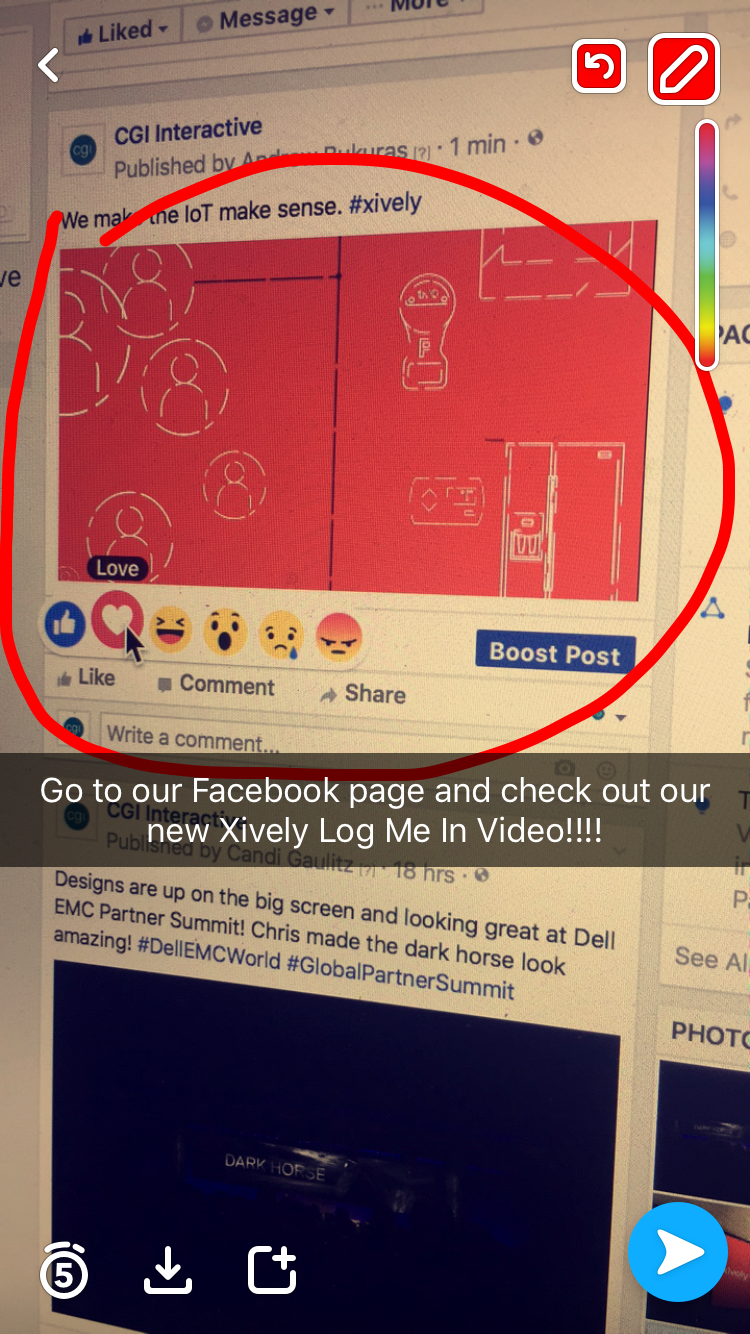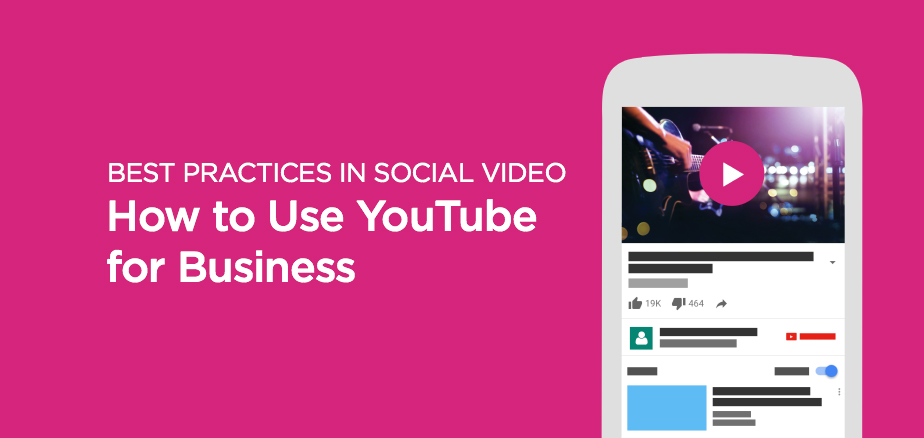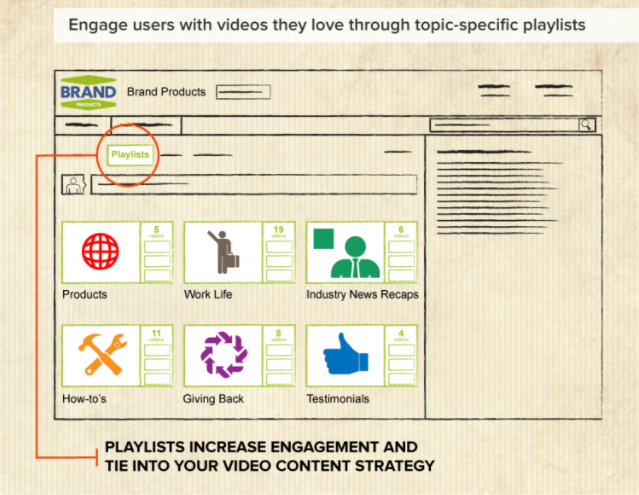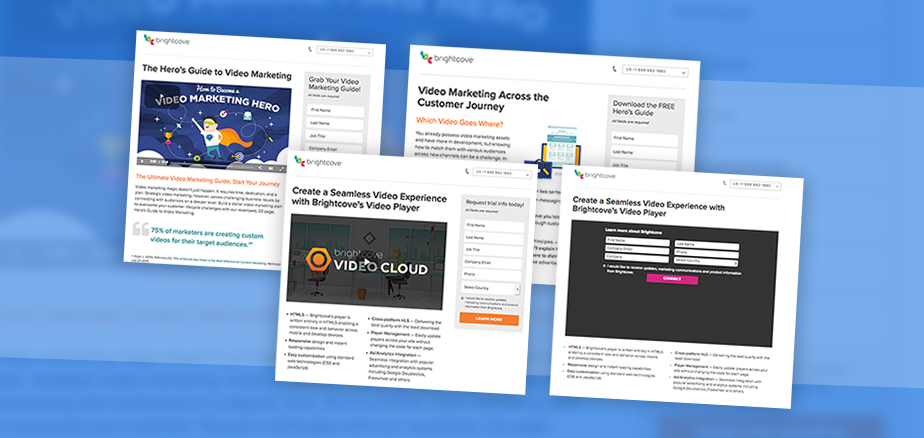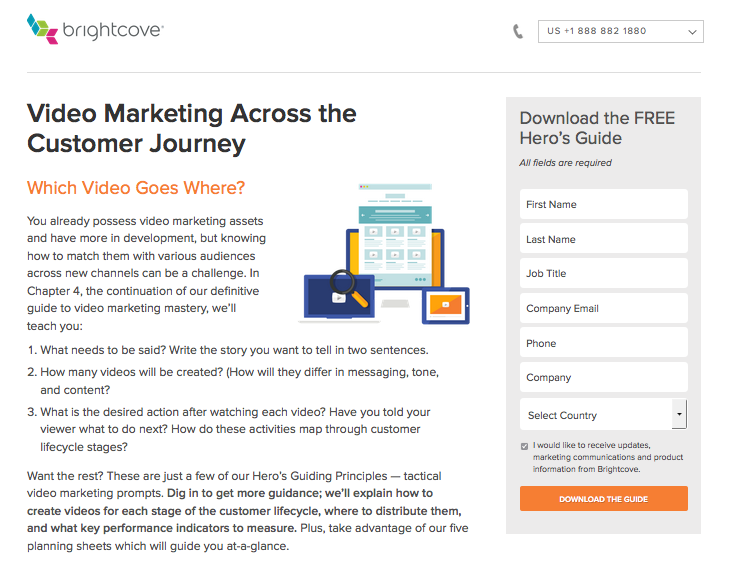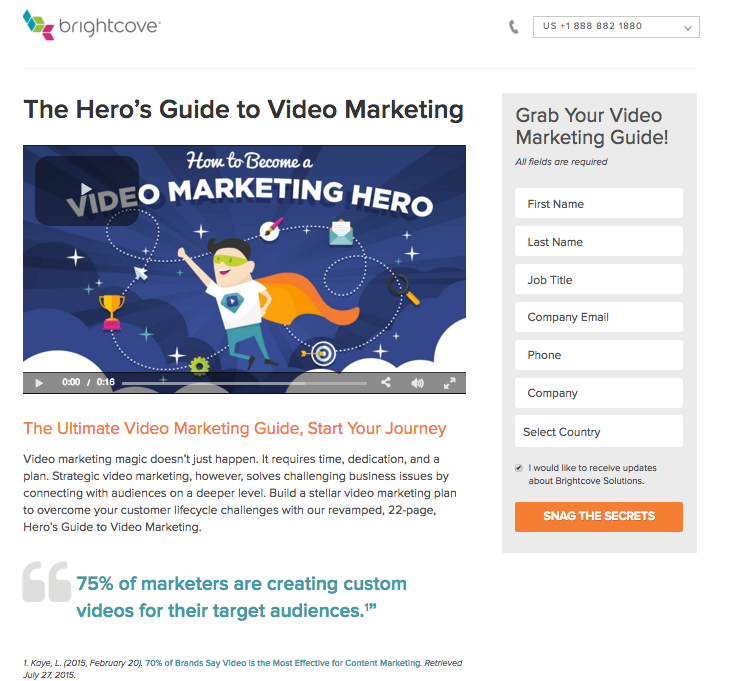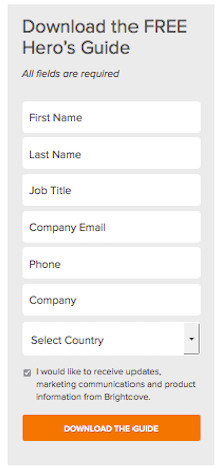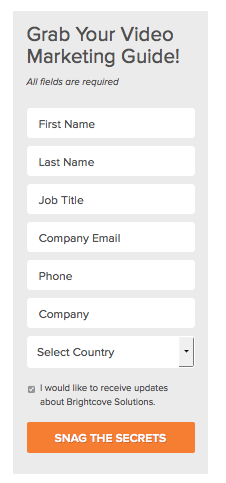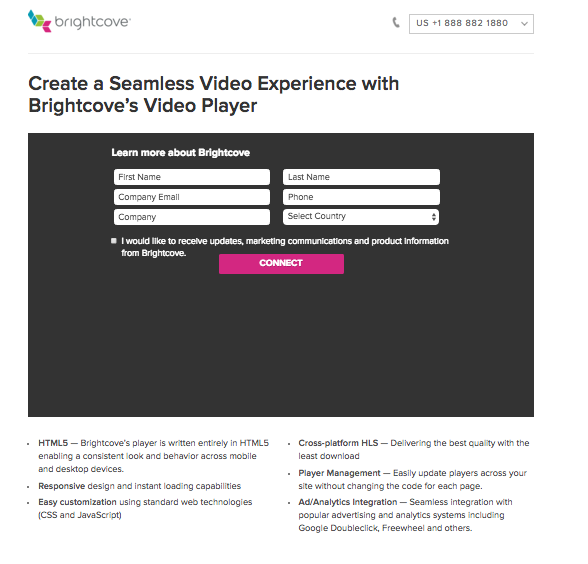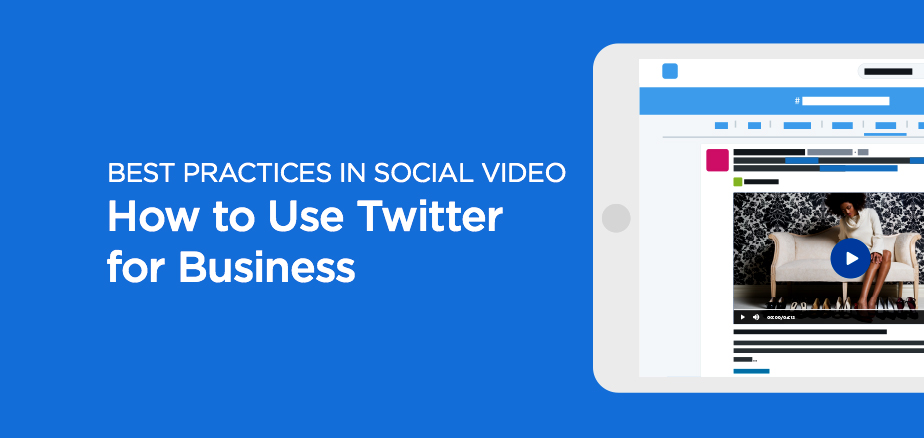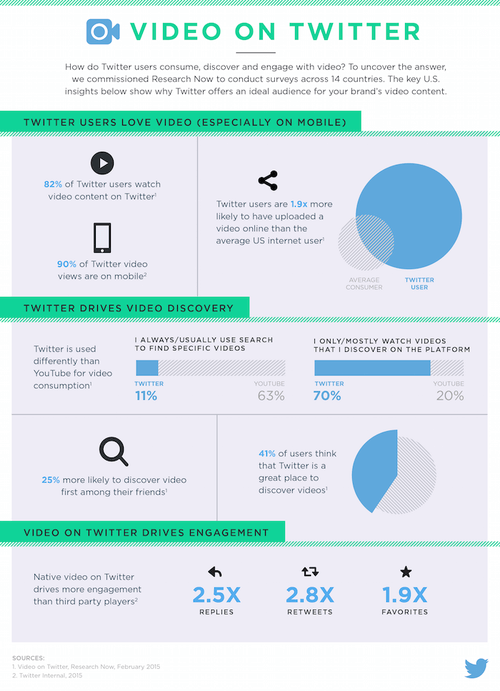CREATING A SUCCESSFUL SOCIAL MEDIA VIDEO FOR YOUR BRAND
bsp-admin-1 on October 25, 2016
When creating a video that will be used for social media, it’s important to use the right type of video in the right place. Social video distribution isn’t about pushing it out to all channels and crossing your fingers. Let’s walk through this step-by-step.
Social Video Creative Process
Before creating a video for social media, it’s important to understand what a video does well on social and what does not do well. Here are four social video concepts for some inspiration.
- How-to video. Show your audience how to do something. It’s engaging, you are reaching your target market, and best of all, you’re providing value.
- Day-in-the-life video. Show your customers, prospects and fans what it’s like to be you for a day. Pick an employee and highlight their day. This humanizes your brand, extolls the values of your company culture, and can also be great for recruiting.
- Product launch video. Awe your audience with a short product launch video that catches their eye. Make it different, fast and exciting. You can create anticipation with social video, but remember to use this format sparingly.
- Event showcase video. Create a short video highlighting the best moments of your event along with some quick interview snippets with your attendees and speakers. This is a great way to extend any potential event sponsorships. Again, your audience should walk away having learned something new. It’s not simply about overall event presence.
Strive to give your audience a deeper understanding of who you are and what your brand stands for through social video. Stay away from videos that constantly promote your services and products. It’s okay to do this once in a while (product launch video), but your audience will eventually get tired of it and move on. Videos with deeper insights on your products or services will do much better on your website’s video gallery.
Social video is an amazing top-of-the-funnel marketing strategy that builds awareness and drives engagement for prospects. Other campaigns can aid in retention, building a community and buoying customer advocacy. This all depends on your business goals and the type of content you decide to create. Remember this when beginning your creative process.
Social Video Production
Once you have a good idea about what type of social video you are going to create, you need to work with your creative team to hash out the details.
Social Video Length
The length of your video plays a large role in the type of engagement you will get. For the most part, social videos should be anywhere from 15 to 60 seconds long. These lengths are great for getting your message across and not boring your audience.
Social Video Content
The most important element of a social video is your story. Creating great content means creating a great story. The first 4-5 seconds of your video will make or break it. Make sure to pull your audience in with something exciting.
Sit down with your creative team and storyboard your entire video out from start to finish. Storyboarding is an amazing way to visualize your video before you shoot it. This will help you craft your story into a great one.
Animation vs. Live Action
Brands often struggle deciding whether they should have an animated video or a live action video, but it really depends on your brand. A company like GoPro should stick to all live-action video. They do this very well. A B2B software company will definitely need to invest in animated video in order to get their points across successfully.
It’s important to keep in mind that all businesses, even those who rely heavily on animated video, should try their best to invest in live action video. There is nothing stronger than the human element in your videos.
Quick Tip: Most people watch social videos with the sound off. If you want to get your message across and have people speaking in your video, it’s a great idea to use captions.
Social Video Distribution
When your video is polished and ready for the world to see, it is vital that your social media distribution is executed effectively. So many big brands struggle in this area due to the lack of communication between the social media team and the marketing teams.
There are a couple things you must do in order to give your video the best chance of being successful organically.
Native Social Video
When posting your videos to your social media channels you must upload the video file natively. What this means is, you upload your video file directly to Facebook and directly to Twitter. Your video should also undoubtedly be on YouTube.
Why do we post natively you may ask?
Social channels like Facebook and Twitter will do a few great things if you upload directly to the platform. Your video will autoplay in the viewers newsfeed, your post will be prioritized in the social platforms algorithm, and you will get data on your video performance. Autoplay is important because it gives you the opportunity to catch the eye of your viewer without them having to click on your video first.
In terms of algorithms, Facebook and Twitter show users Facebook posts and tweets that are “important.” A video using their video player is prioritized higher than a video that has been linked from YouTube or Vimeo, therefore giving your video a better chance of getting viewed.
Repurposing Video Content For Mobile-First Platforms
More and more brands are moving to mobile-first platforms like Instagram and Snapchat. Repurposing for these platforms is easy and well worth the time if your audience is on these platforms.
Instagram allows users to upload 60 seconds of video for a post. If your video is 60 seconds or less, you can post the video right to Instagram.
A great practice is posting small teaser videos for your video. Post a 5-10 second teaser video and put the link to the full video on your Youtube channel or Facebook channel in your Instagram description. Make sure to let your audience know that they can find the link in your description. This allows you to get engagement on two platforms, therefore building your social presence on both.
Since Instagram doesn’t allow you to post from your computer, follow these steps to repurpose videos on this platform.
- Email your video file from your computer to your phone.
- Save the video file to your photos and videos app on your mobile device.
- Create a new post in Instagram by tapping the camera icon at the bottom of the app (there you will find your video that you are going to post).
- If you are linking to a full version of the video on another website, copy and paste the link onto your profile page. To do this, go to your profile page, tap “Edit Profile” and paste the link where it says “Website.” Tell your followers in your video post that the full link is in your bio on your profile page.
Snapchat
If you have an audience on Snapchat, it’s important to alert them of your new video. Take some time to take a screenshot of your video and tell your Snapchat followers to go look at your video on your preferred social platform. Here is an example of how we did this on Snapchat.
A lot goes into making your social video a successful one. By using these strategies to create social video, you will see more views, more engagement, and more success as you dig into the world of social video.


